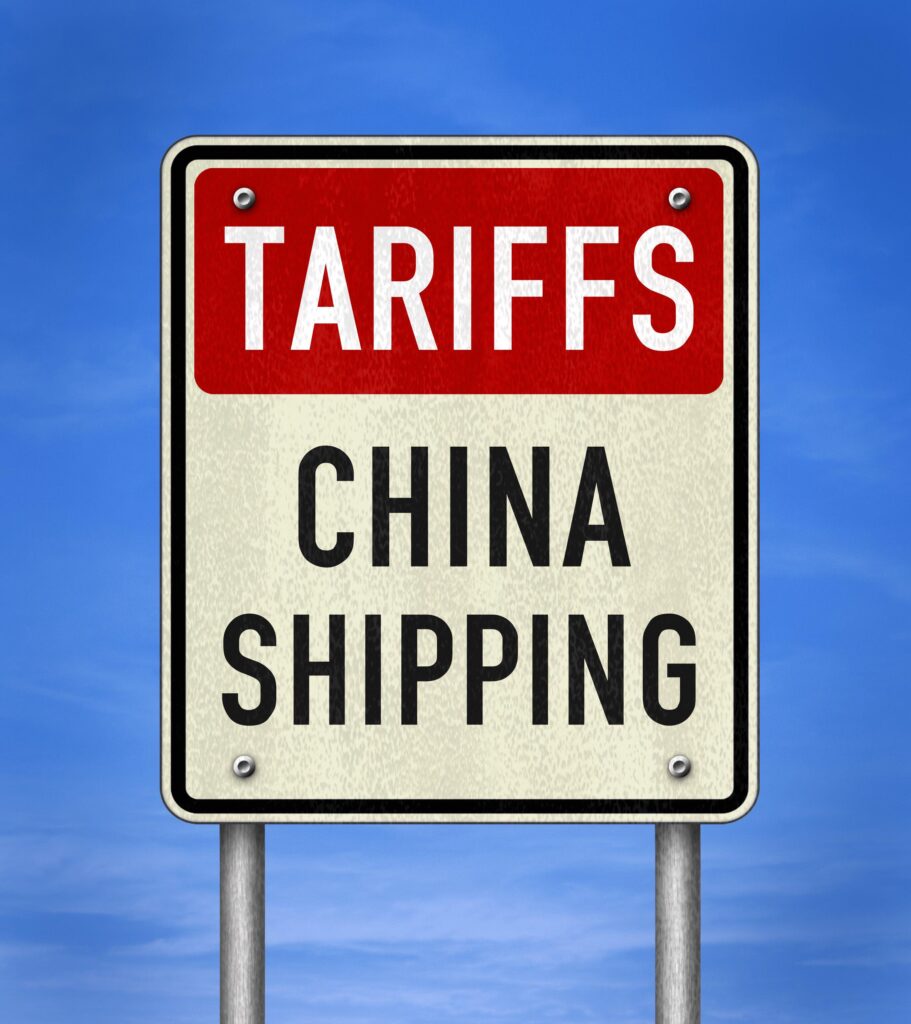
Wang Shui, an exporter of pet goods in Guangdong Province, said, “We are considering layoffs due to a sharp drop in orders from the West.”
“Now, U.S. and European consumers are not receiving government subsidies, and their purchasing power has fallen off the cliff,” he said. “Overseas orders have begun to plunge since last year.” This does not mean that U.S. and European buyers have increased their orders to Southeast Asia, China’s top competitor, he said. Hong Kong’s South China Morning Post (SCMP) reported on the 26th that many Chinese exporters, including Wang, who once groaned with high tariffs from the U.S., are now suffering from a sharp drop in Western demand rather than tariffs.
The high-rate tariff problem has been adapted to some extent, such as finding countermeasures over the past four years, but now Western consumption decline due to falling orders, supply chain collapse, and soaring inflation is emerging as a bigger problem. Ningbo Puja Industrial, a listed company on the Shanghai stock market, a vacuum cleaner producer, faced a major crisis in 2018 when the U.S. applied high tariffs on Chinese products.Under former President Donald Trump, the U.S. imposed high tariffs on Chinese imports four times from July 2018 to September 2019, raising China’s unfair economic practices and trade balance imbalances.Currently, the U.S. maintains a high tariff of 25% on $250 billion of Chinese goods, and has lowered tariffs from 15% to 7.5% on Chinese goods worth $120 billion according to an agreement in January 2020. At that time, it did not matter why the U.S.-China trade war suddenly made their business difficult for many exporters to the U.S., including Ningbo Puja.
Instead, they rushed to find other export channels and concentrated on creating new revenue streams. Since then, Ningbo Puja has even built a factory in Vietnam to prepare for further deterioration in U.S.-China relations. When the U.S. reduced tariffs on some products again in 2020, allowing it to resume U.S. exports without additional tariffs, the company had already lowered its dependence on the U.S. market through diversification of exporting countries. As a result, many Chinese manufacturers, including Ningbo Puja, have seen their imports increase despite the volatility of U.S. tariffs. It has found self-rescue measures such as targeting the domestic market. The Chinese authorities also say that the tariffs currently imposed by the U.S. have not yet taken a significant toll on the country’s economy.
As foreign production capabilities have been hit by the COVID-19 pandemic, the dependence on Chinese products has increased, and consumers will bear the damage caused by high-rate tariffs.

(Source from Reuters/Alamy)Against this backdrop, China’s exports to the U.S. rose 7.9% year-on-year to $452 billion in 2020, and increased 27.5% to $576 billion last year.
In the January-July period of this year, it increased by 15% to $347.5 billion. Within the U.S. administration, opinions are divided over whether to cut tariffs.Treasury Secretary Janet Yellen and Commerce Secretary Gina Lumondo argue that tariff cuts could ease soaring inflation, while U.S. Trade Representative Catherine Ty argues that tariffs are an important lever to pressure China.”The issue of who actually pays tariffs, whether it’s a U.S. importer or final consumer is completely missing from politics,” said Dan Diggry, CEO of Missco Speakers, a U.S. speaker manufacturer. “So nothing will happen before the midterm elections.” However, the SCMP said that China is not paying much attention to tariffs and that U.S. tariffs are no longer a major problem for Chinese exporters. “Asian manufacturers are now more concerned about falling overall orders due to supply chain collapse and slowing demand in the West,” said Allen, president of the China Manufacturers Association in Hong Kong, which covers 3,000 manufacturers.
“The U.S. lifting tariffs does not mean making friends with China again, and China will not give up its core values to trade with the U.S.,” he said. “Taiwan has become the agenda of the U.S.-China negotiations, and China is trying to make politicians popular in the U.S
SAM KIM
ASIA JOURNAL

